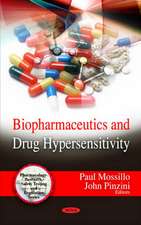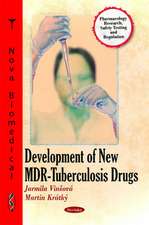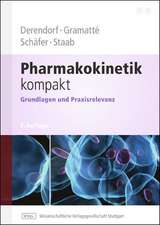Retinoids: Their Physiological Function and Therapeutic Potential: Advances in Organ Biology, cartea 3
Editat de G.V. Sherbeten Limba Engleză Hardback – 30 oct 1997
Preț: 933.93 lei
Preț vechi: 983.08 lei
-5% Nou
Puncte Express: 1401
Preț estimativ în valută:
178.73€ • 194.07$ • 150.13£
178.73€ • 194.07$ • 150.13£
Carte tipărită la comandă
Livrare economică 22 aprilie-06 mai
Preluare comenzi: 021 569.72.76
Specificații
ISBN-13: 9780762302857
ISBN-10: 0762302852
Pagini: 296
Dimensiuni: 156 x 234 x 19 mm
Greutate: 0.61 kg
Editura: ELSEVIER SCIENCE
Seria Advances in Organ Biology
ISBN-10: 0762302852
Pagini: 296
Dimensiuni: 156 x 234 x 19 mm
Greutate: 0.61 kg
Editura: ELSEVIER SCIENCE
Seria Advances in Organ Biology
Cuprins
Preface (G.V. Sherbet). Retinioid Structure Chemistry, and Biologically Active Derivatives (R.W. Curley and M.J. Robarge). Molecular mechanisms of Retinoid Function (C.P.F. Redfern). Retinoid in Mammalian Embryonic Development (G.M. Morris-Kay). The Role of Retinoids in Patterning Fish, Amphibian, and Chick Embryos (M. Maden and J. Pizzey). Retinoid and Growth Factor Signal Transduction (G.V. Sherbet and M.S. Lakshmi). Retinoids and Apoptosis (L. Zhang and A.M. Jetten). Retinoids in Tumor Cell Adhesion, Invasion, and Metstasis (M. Edward). Retinoid Receptors and Cancer (J.A. Fontana and A.K. Rishi). Retinoids in the Management of Central Nervous System CNS Tumors (M.E. Westarp). Retinoids and Lung Cancer (A.M. Arnold and R.G. Tozer)


















